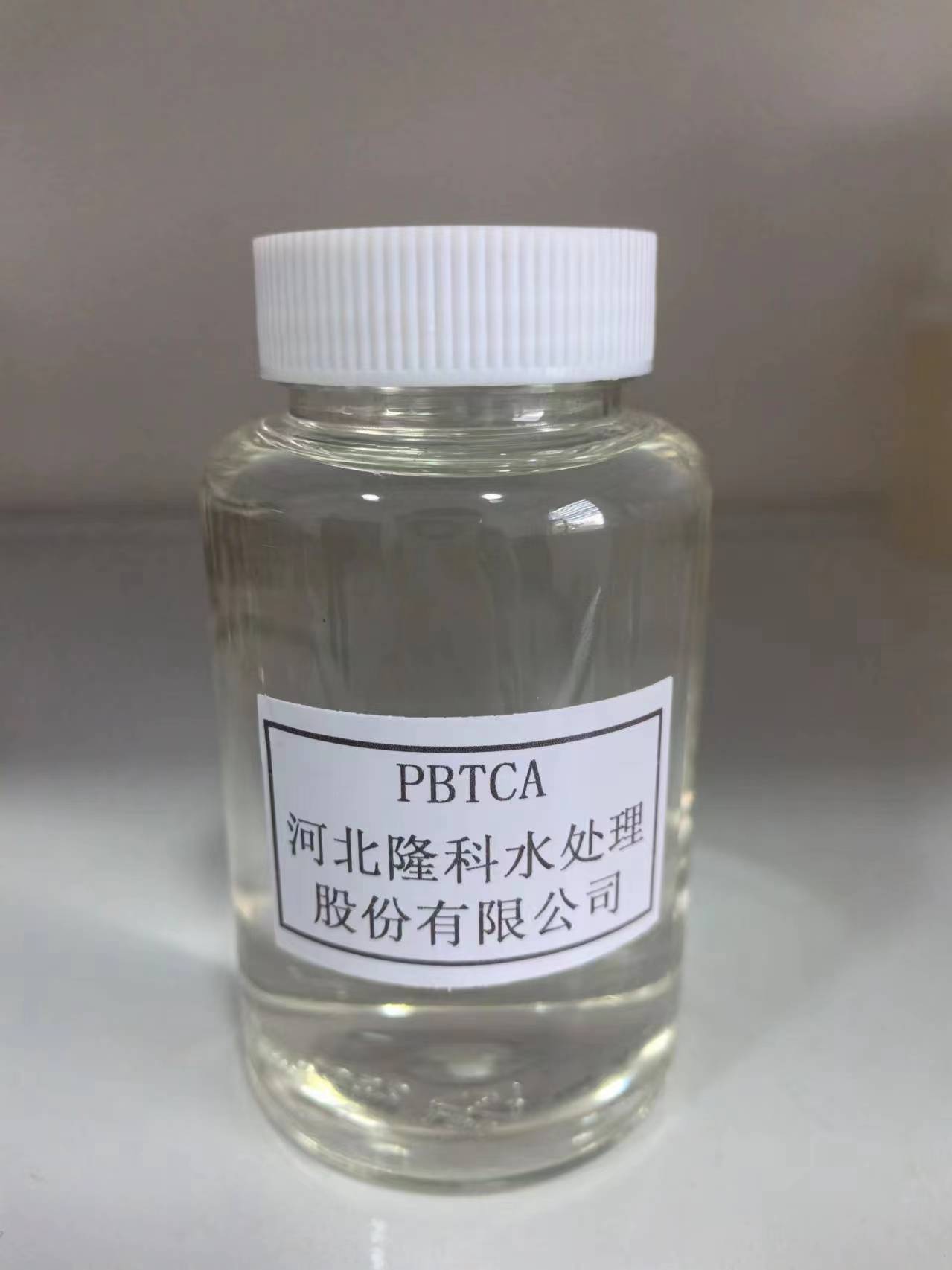Polyacrylamide Production - High-Quality PAM for Various Applications
Polyacrylamide Production An Overview
Polyacrylamide (PAM) is a versatile synthetic polymer widely used across various industries due to its unique properties, including high molecular weight, excellent water absorption capabilities, and ability to form gels. Its production involves polymerizing acrylamide, a colorless solid with a distinctive role in the manufacturing process. This article explores the methods, applications, and environmental considerations surrounding polyacrylamide production.
The production of polyacrylamide primarily occurs through free radical polymerization of acrylamide monomers. This process can utilize various initiators, such as potassium persulfate or ammonium persulfate, often in the presence of a catalyst to enhance reaction rates. The polymerization can be performed in aqueous solution, resulting in various forms, including anionic, cationic, and non-ionic polyacrylamide, each suited for specific applications.
The concentration of acrylamide in the solution significantly affects the properties of the resulting polymer. Increasing the concentration typically leads to higher molecular weights, enhancing the polymer's effectiveness in applications like water treatment, soil conditioning, and enhanced oil recovery. For water treatment, for example, PAM serves as a flocculant, aiding in the aggregation of suspended particles, which can then be easily removed from water. In agriculture, it improves soil structure, reduces erosion, and enhances water retention, benefitting both crop production and land conservation efforts.
polyacrylamide production

One of the significant challenges in polyacrylamide production is managing the toxicity associated with acrylamide. Acrylamide is classified as a potential neurotoxin and human carcinogen. Therefore, safeguards must be implemented during production and application to minimize exposure risks. Manufacturers are required to adhere to regulatory guidelines to ensure that the final products contain acrylamide levels well below safety thresholds.
In recent years, innovations in technology and processes have led to the development of greener production methods. For instance, alternative polymerization techniques such as UV irradiation and microwave-assisted synthesis have been researched to reduce energy consumption and improve efficiency. Additionally, the use of bio-based feedstocks and the recycling of polymeric materials are gaining momentum, creating a more sustainable approach to polyacrylamide production.
Looking to the future, the demand for polyacrylamide is expected to grow, driven by expanding applications in wastewater treatment, oil recovery, and agriculture due to increasing global challenges related to water scarcity and environmental sustainability. The combination of ongoing research into safer production methods and the exploration of biopolymers holds promise for the evolution of polyacrylamide, ensuring it meets both market needs and environmental standards.
In conclusion, polyacrylamide production is a critical process with significant industrial applications. While challenges related to acrylamide toxicity remain, advancements in production methods and a focus on sustainability are paving the way for a safer and more efficient future in polyacrylamide manufacturing. As the industry continues to innovate, it will play a vital role in addressing some of the most pressing challenges facing our world today.
-
Water Treatment with Flocculant Water TreatmentNewsJun.12,2025
-
Polymaleic AnhydrideNewsJun.12,2025
-
Polyaspartic AcidNewsJun.12,2025
-
Enhance Industrial Processes with IsothiazolinonesNewsJun.12,2025
-
Enhance Industrial Processes with PBTCA SolutionsNewsJun.12,2025
-
Dodecyldimethylbenzylammonium Chloride SolutionsNewsJun.12,2025





